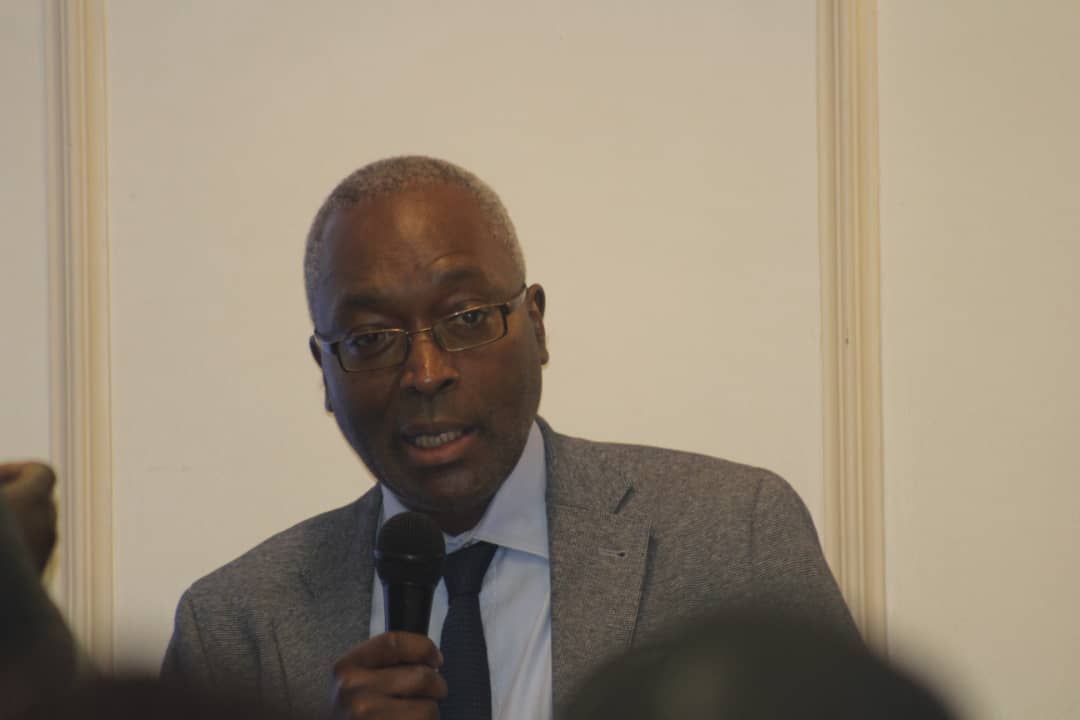Water crisis closes irrigation schemes
Share

Isaiah Ncube
ZHOMBE — Water crisis which has been primarily caused by the El Nino induced dry spell has resulted in most irrigation schemes in Zhombe not operating.
The water crisis has also been worsened by human effects.
Zibagwe Rural District Council lead planner Johnson Mukuku said some dams silted owing to operations by artisanal miners and riverbank cultivation.
“We have so many water bodies that are silted and some irrigation schemes which were operating have stopped like those at Somalala Dam and Somalala irrigation. Exchange Dam 3 is nine percent silted, Toterero Dam completely silted and we have artisanal mining at Ngondoma Dam and Ngondoma irrigation is under threat with the dam’s holding capacity at 51 percent.”
He said they are now planning to increase buffer zones to protect major water bodies which have key impacts on livelihoods in the district such as at Gwenzi dam which supplies Zhombe and has silted 69 percent due to communal farming.
The human factor has also contributed to the mayhem as high school dropouts are engaging in unsanctioned and hazardous artisanal mining and riverbank farming.
Mukuku aired the comments during his presentation on President Mnangagwa’s sanctioned Zibagwe Rural District Council Master Plan that requires local authorities to complete within six months in this instance by June this year.
“This exercise is sanctioned by the call to action by President Mnangagwa which requires all local authorities to have a Master Plan by June 30. It’s a record-breaking period because over the past years, this process had been done in three years and there was no seriousness in terms of local planning authorities in availing master plans but the President had to take it upon himself to sanction the preparation of the plans in six months not three years,” added Mukuku.
He indicated that the district has more primary schools than secondary schools and in a radius that does not comply with education policy, thereby contributing to dropout rate.
“On education what we have picked up is that we have more primary schools than secondary schools on the communal side resulting in pressure on secondary schools.
“When looking at literacy rate in the district is 91 percent but composed of, most, up to primary level and tertiary being 1.7 percent. ECD school must be within a radius of 1-2 km in line with the ECD policy to reduce the 46 percent dropout rate,” said Mukuku.









